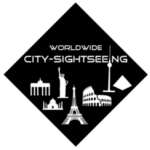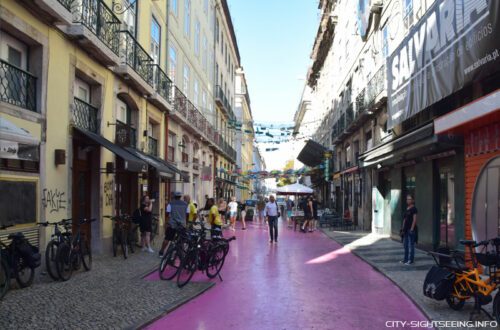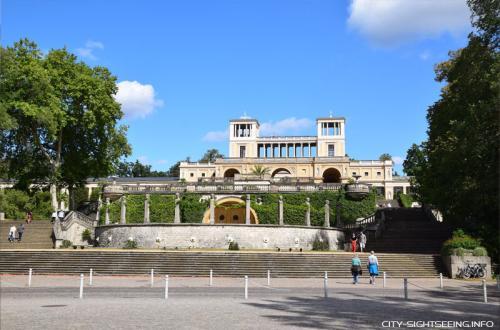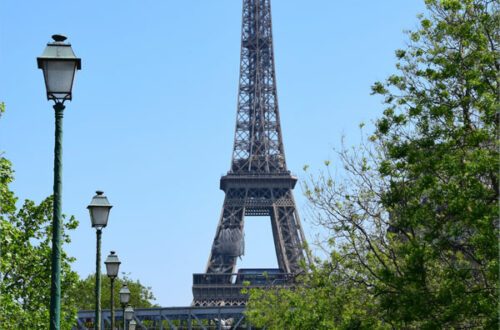New palace
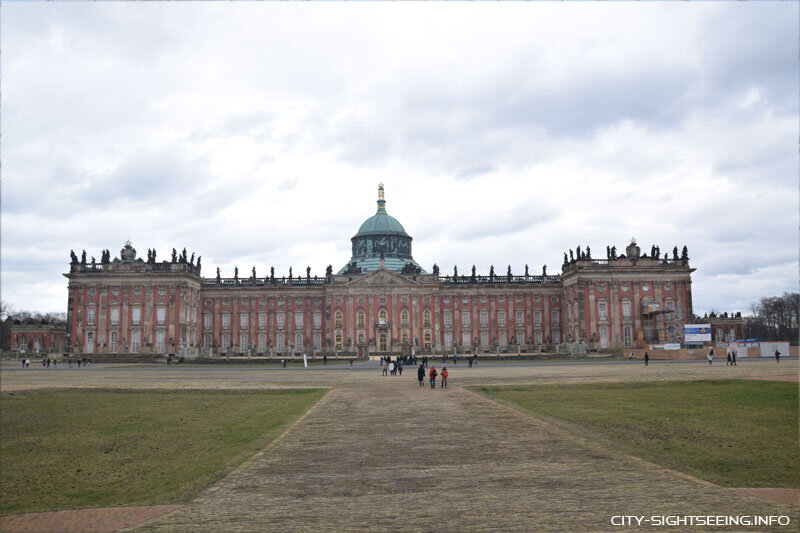
The New Palace located on the west side of Park Sanssouci is one of the great sights of Sanssouci Park. In this article we would like to introduce you to the baroque palace, which is also known as the “Fanfaronade”.
Table of Contents
New Palace | Last creation of Frederick the Great
The New Palace was built between 1763 and 1769 on the occasion of the Prussian Seven Years’ War. Builders included Gottfried Büring, Heinrich-Ludwig Manger and Carl von Gontard. The palace is the end of the park to the west. The drum dome with the gilded figures of the Three Graces, who wear the Prussian crown on a cushion, can already be seen from a distance. The building was intended to represent the superiority and status of Prussia in Europe and is therefore also known as the “Fan Forum”. That means something like boasting, showing off, trumpeting around.
Incidentally, the New Palace is the largest baroque palace in Germany. Commissioned by King Friedrich in the first half of the 1750s, construction plans were drawn up by Büring and Manger on the basis of sketches by King Friedrich. Originally the palace was to be built on the southern axis of Sanssouci Palace on the Havel. The Seven Years War changed the plans. On the one hand, the start of construction was delayed and, on the other hand, the palace was relocated to the western end of the park’s main avenue.
Architecture and extensions of the palace
The New Palace is a baroque palace and consists of a three-winged corps de logis (residential wing) around a courtyard with low side wings. The three-wing system has a front length of 220 meters. The facade is characterized by a reddish brick pattern and fluted Corinthian pilasters made of sandstone in colossal order. The red brick was only painted on for cost reasons. The inauguration of the castle took place on July 19, 1768.
The middle section of the two-and-a-half-storey building – with a mezzanine – is crowned by a huge, functionless 55 meter high main dome. On the dome are the three graces group. The dome is only used for architectural decoration and has no other purpose. The two single-storey pavilion-like side wings have an L-shaped floor plan. They also each have a dome.
Over 400 large figures and sculptures are placed on the balustrades and on the pilaster pedestals, depicting scenes and figures (gods and demigods) from ancient mythology. Several sculptors and dozens of stonemasons worked on it for six years.
But it was later supplemented by numerous extensions. The palace complex today includes communs, farm buildings, side wings, coach houses, colonnades and a triumphal gate.
The two communs are opposite the New Palace there are two communs. These farm buildings were connected by an underground corridor and were used to accommodate the servants, kitchens, entourage of guests and the court administration. They are also connected by a semicircular colonnade. They form the splendid conclusion of the park. The completion is therefore dated to the year 1769.
The New Palace has a large number of rooms. These are:
- Vestibule and grotto or shell hall
- Marble gallery
- Royal apartment with bedroom, writing cabinet, library
- Concert room
- Princely quarters
- Red damask chamber, bar room, oval cabinet
- Apartment of the Prince of Prussia Marble
- Hall and Upper Gallery
- Castle theater
Address
Am Neuen Palais, 14469 Potsdam
Opening hours
Summer season (valid: 04/01/2020 – 10/31/2020)
Monday, Wednesday to Sunday: 10:00 am – 5:30 pm
Last admission 30 minutes before closing time.
Tickets
Tickets are only available on site at the cash desk
Further information can be found at https://www.spsg.de/schloesser-gaerten/objekt/neues-palais/
Potsdam & Park Sanssouci Tours, guided tours and tickets
Further information on the New Palace is available at potsdam-sanssouci.com, among others.
Weiteres / More:



